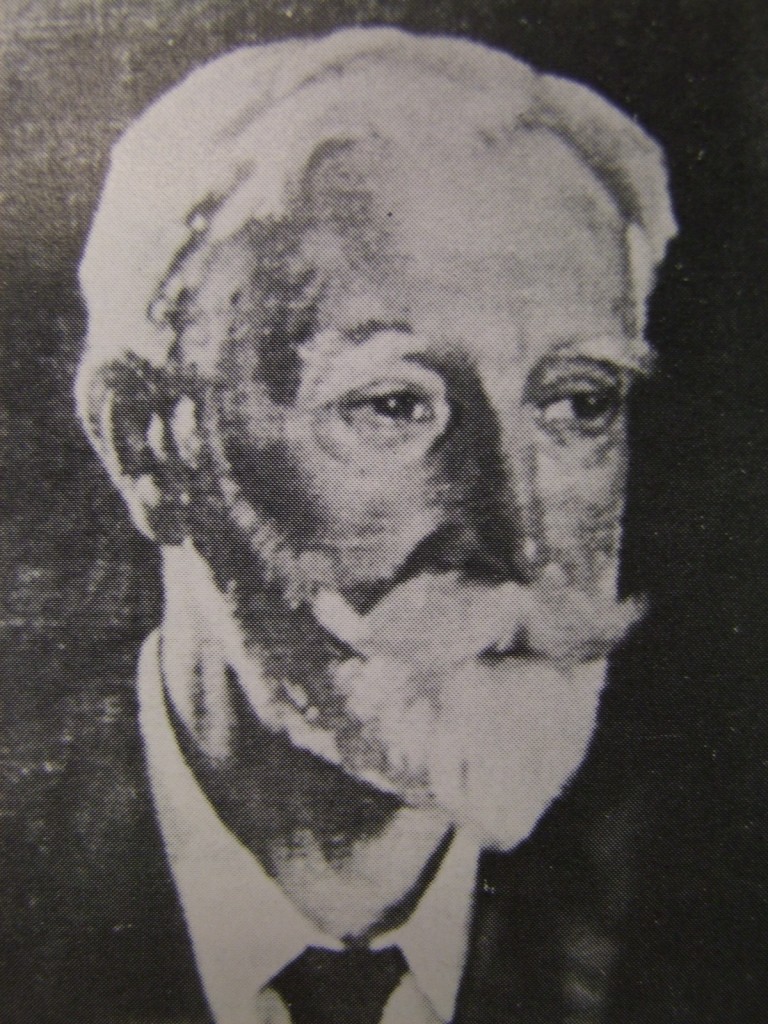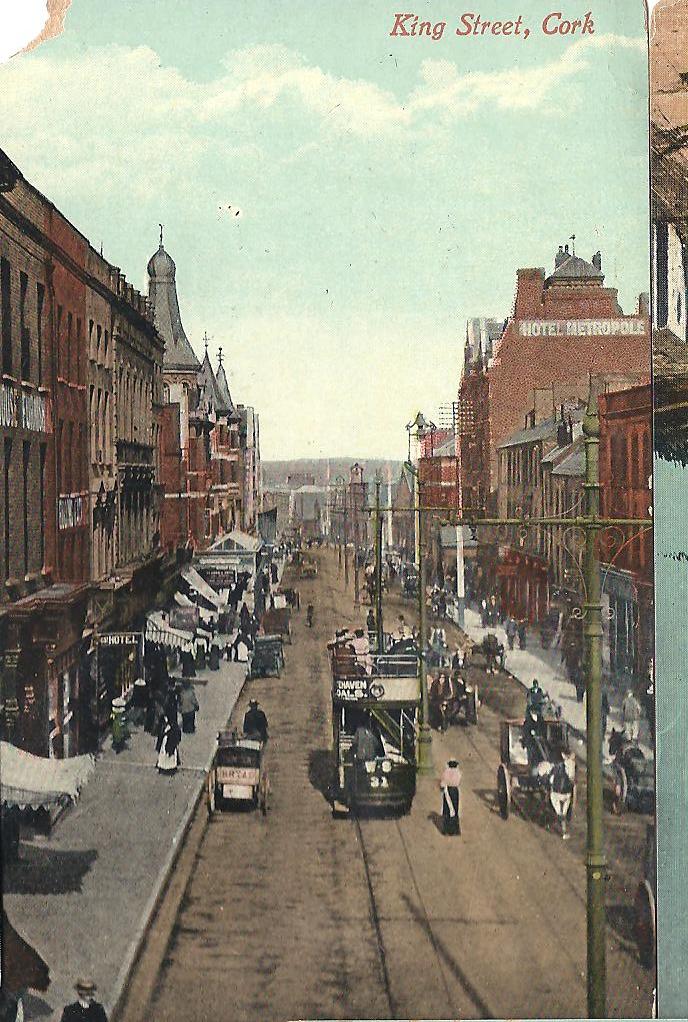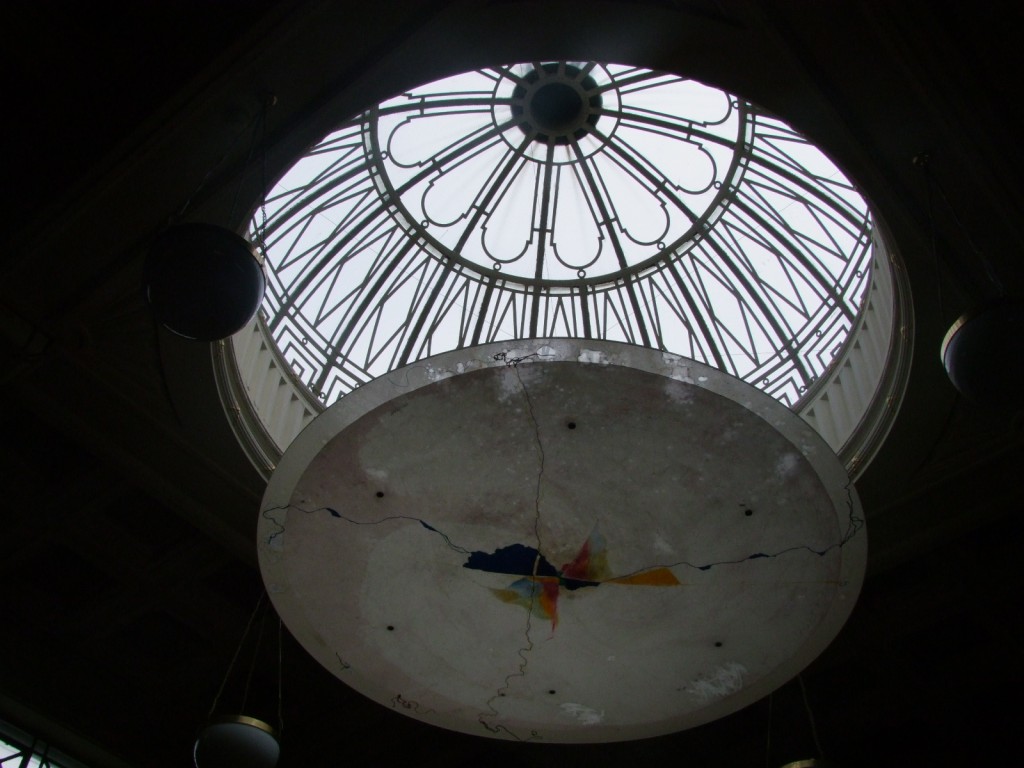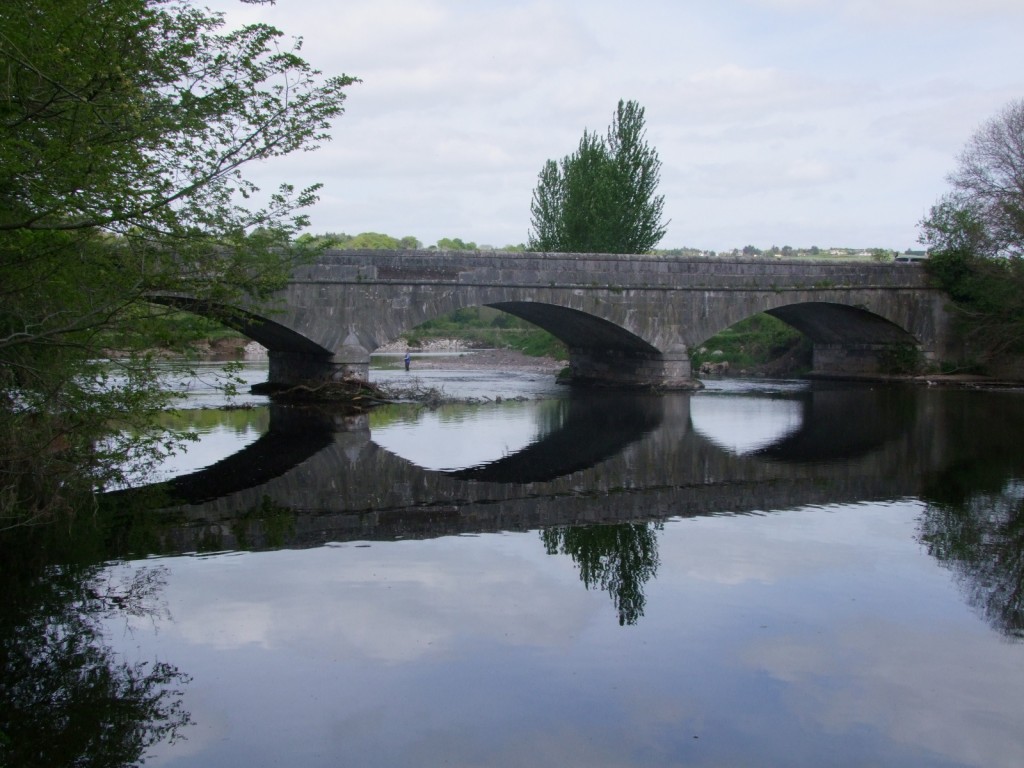Lord Mayor, the great thing about a census report is that it tells the truth- there is no spin until someone tries to interpret it for good or bad.
I, like many other councillors, have expressed concern in the past in this chamber for the depopulation of some of the older areas of the city and the competitive nature of new villages created in the Celtic tiger myth years in the satellite area of the City. As someone who gives talks in schools, it’s interesting to hear principals speak of the drop-off in the population of pupils attending their schools and they speak about the competition in the satellite schools.
In one area, the South Parish alone in the last five-six years, we have witnessed the closure of South Presentation School and the amalgamation of Turners Cross Boys and Girls school, all three formidable schools in their day.
There is an argument presented by some of our planners that to deal with the depopulation of areas such as that experienced in Turners Cross, my own area, Ballinlough, and Douglas Road, The Glen, Mayfield, Knocknaheeney, Fairhill, we need to build more housing units in the city. I think it’s time that we faced up to how the property bubble forced people out of our city to live elsewhere.
I remember three years seeing a two roomed, one storied house near Douglas Road, going for E280,000; greed, greed and more greed and then the threat to people to buy into the property market or the prices will go up. And hence we get a glut of properties constructed outside of the city, where the prices, were still high and where people bought into 40 years mortgages with as what is now being revealed, no real regulation.
According to the 2011 census the County part of metropolitan Cork increased by 17,210. Whereas our population did not significantly improve, it has been decreasing in the overall picture for many years. And that despite the fact that 4,000 housing units were constructed in the city between 2006 and 2011. And in the year 2011, there are 6,386, nearly 6 and a half thousand vacant dwellings in the city. So the arguments over the last couple of years that we need more housing units has resulted in ….more vacant housing and a country that is almost broke…
One I suppose could argue that the region’s population is growing but we need to remain weary and active about its core, the city… For me these census results do raise questions on what is the role of Cork City as the heart of the region in the coming years?
Apart from a Development Plan do we need an economic strategy to consider how to bring people back into living in the city?
How affective is our current development plan in holding people in certain areas of the city?
How affective has been the marketing to get people into older areas of the city?
In the middle of an economic hurricane, are we happy with the current economic strategies adopted by the Council to bring the city to a new level of thinking as an Irish gateway city?
Are we thinking ahead? Or is this economic hurricane going to dash our current ships of attack on to the rocks of default?




